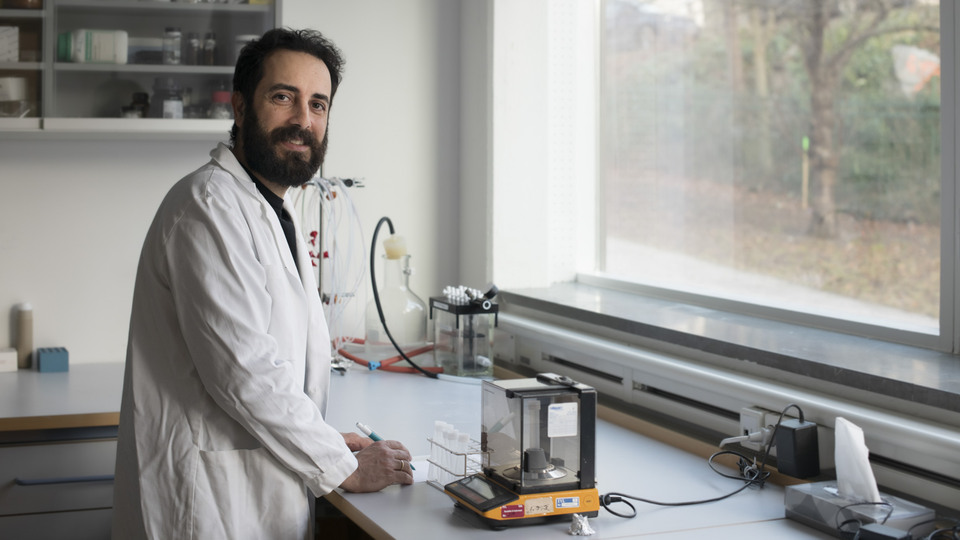
PFAS analysis: Without interpretation you can be completely lost
PFAS is becoming a widely recognized concept, and more and more businesses are working to reduce the spread of PFAS in various ways. But to be sure that a product or an environmental sample is PFAS-free, analysis is required – and this is not entirely straightforward.
This is according to Ioannis Liagkouridis, researcher and project manager at IVL's laboratory in Stockholm.
Levels of many PFASs are gradually rising in the environment, leading to increased exposure. Today, we are continuously exposed to thousands of different PFASs. Moreover, new PFASs coming onto the market are even more easily dispersed than the earlier and now banned PFASs.
If PFASs were not so persistent, this would not be so worrying. But this, combined with the fact that PFASs are used in so many different products, means that PFASs are now almost everywhere - in the water, in the air, in our food, in our homes. It is only through analysis that we can know how high the concentrations are and determine what measures are needed.
What are the challenges of PFAS analysis?
The challenge is that we are analysing extremely low levels and that we must ensure that the samples are not contaminated from outside. There are currently almost 10,000 different PFAS substances. Known PFASs are only the tip of an enormous iceberg. IVL has standardized methods for analyzing some 70 of these, and is constantly developing methods to be able to analyze more.
But if you only look for the known ones, you miss thousands. That's why we also do screening for these unknown PFASs. This is extremely valuable, even though screening does not tell us anything about the concentrations.
Why you should turn to IVL for analysis
Given the extremely large number of PFASs, it is very difficult for the client to know which analyses are needed. IVL has a great deal of collective knowledge of the entire PFAS problem. We have robust methods and strong instruments that can identify very low levels. We deliver high quality and can offer a variety of technical methods to detect both suspected and known PFASs. We also interpret the results and have an aftercare support with the client. Without interpretation you can be completely lost.
What kind of PFAS samples do you analyze?
We analyze PFASs on behalf of industries that use PFASs in their processes in various ways, such as the textile industry, the paper industry and manufacturers of various types of consumer products such as kitchen utensils and cosmetics. We also conduct assignments and analyses for municipalities, government agencies, state-owned companies and a large number of water treatment plants. Knowledge of and interest in PFASs have increased significantly in a short time.
A strong driver for this is of course the upcoming tightening of regulations. But it is positive that more and more actors are taking their responsibility to ensure that they manufacture completely PFAS-free products.
On a scale of 1 to 10, how concerned are you?
Absolutely ten. I'm very concerned. It's very likely that everything we eat and drink today contains PFASs. Large volumes of PFASs are still being produced and used, especially in China. But even here in Europe, various substitute chemicals are produced that are also problematic. The problem is that we do not yet know where the threshold for health risks is. Is there even a threshold? We know that some PFASs are toxic, but perhaps even low levels can set off chain reactions that lead to serious health effects.
And therefore, as we learn more about these complex compounds, it is more important than ever to exercise precaution, and continue to analyze the environment we live in.
